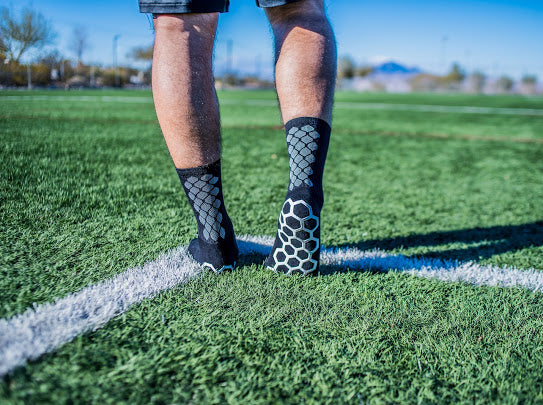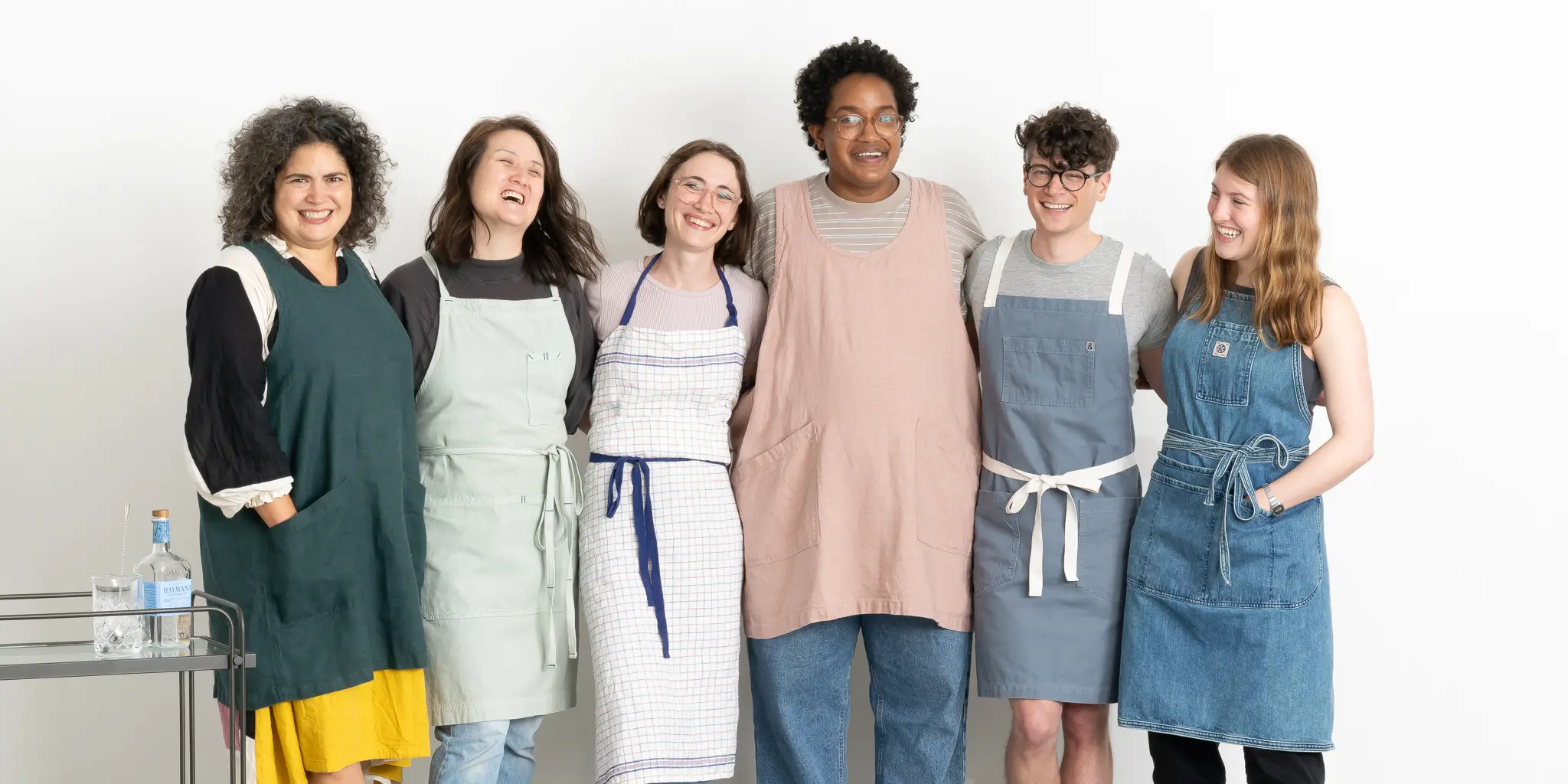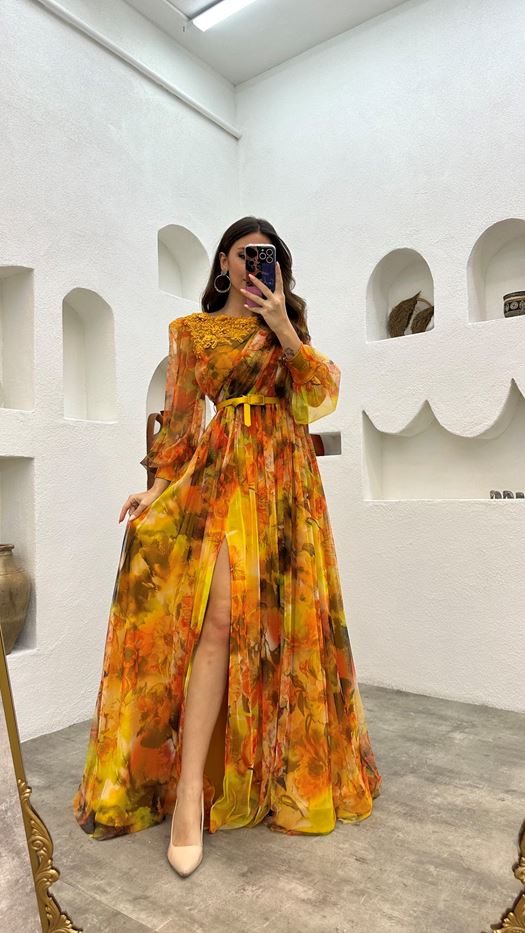In sports and fitness, success often hinges on the tiniest details. Think about it – one slip or misstep can differ between a victory lap and a painful setback. Imagine having a secret weapon that can significantly improve your performance, boost your confidence, and keep you at the top of your game. Enter grip socks – the unsung heroes of athletic gear that can revolutionize your sporting experience.
In this blog, we’re about to embark on a journey to take your sport to the next level by revealing the secrets of choosing the perfect grip socks for your unique needs.
Grip Style
The primary function of grip socks is to provide traction, helping you maintain stability and prevent slipping during your activities. Different sports and activities demand various types of grip patterns. Here are some common grip styles to consider:
Full-Sole Grip
These socks have grip material covering the sole, offering maximum traction. They are ideal for activities like yoga, Pilates, and dance, where you need stability for various foot movements and poses.
Toeless Grip
Toeless grip socks expose your toes, allowing for better grip and flexibility during activities like barre or yoga. They are beneficial for exercises that require toe articulation.
Heel Grip
Some sports, such as weightlifting and martial arts, require a firm grip on the ground with the heel. In such cases, socks with additional grip on the heel area are beneficial.
Arch Support Grip
For activities like archery or rock climbing, where solid arch support is crucial, choose grip socks with extra traction in the arch area.
Material and Comfort
Comfort is paramount in sports, and grip socks should be no exception. Look for socks made from breathable, moisture-wicking materials like cotton, bamboo, or synthetic fabrics. These materials help keep your feet dry and comfortable during intense workouts.
Additionally, consider the thickness of the socks. Thicker socks provide more cushioning and warmth, making them suitable for cold-weather sports. Thinner socks offer a closer fit and better ground feel, making them ideal for yoga and Pilates.
Size and Fit
Choosing the right size ensures your grip socks stay in place during your activity. Ill-fitting socks can lead to discomfort and decreased performance. Most grip sock brands provide size charts to help you find the perfect fit. Be sure to measure your foot and refer to the chart before purchasing.
Durability
Quality counts regarding grip socks: low-quality socks can wear out quickly, causing a loss of grip and comfort. Look for reinforced stitching and durable materials to ensure your socks last through rigorous training sessions.
Style and Aesthetics
While performance should be your primary concern, choosing grip socks that match your style or sport-specific requirements is acceptable. Many brands offer various colours and designs, allowing you to express your personality while staying functional.
Washing and Maintenance
Consider the ease of washing and maintenance when selecting grip socks. Check the care directions on the label to ensure they are compatible with your washing practice. Clean and maintainable socks will last longer and give consistent grip performance.
Can I Use the Same Grip Socks for All Sports?
The need for specific grip socks for different sports or activities depends on several factors, including the type of sport, the surface you’ll be on, and your personal preferences. Here’s a breakdown to help you decide:
Versatile Grip Socks
Some grip socks are made to be multifunctional and appropriate for a variety of activities. These socks typically have a balance of grip and comfort that works well for activities like yoga, Pilates, general fitness workouts, and casual wear. These versatile grip socks may suffice if you engage in various low-impact activities.
Sport-Specific Grip Socks
Certain sports and activities may benefit from specialised grip socks designed with features tailored to the demands of that sport. Here are a few examples:
- Yoga
Yoga grip socks often have toeless or open-toe designs for better contact with the mat. They provide grip on yoga studio floors and are designed to enhance balance and stability during poses.
- Pilates
Pilates grip socks typically have grippers on the sole to prevent slipping on the equipment or mat used in Pilates workouts.
- Barre
Barre grip socks often have a more sock-like design and additional grip on the ball of the foot and heel to provide traction during barre workouts.
- Running
Running-specific grip socks may have moisture-wicking properties, cushioning, and ventilation to keep your feet comfortable during runs. They also provide grip on various running surfaces.
Surface Considerations
The type of surface you’ll be on can influence your choice of grip socks. Yoga or Pilates grip socks designed for studio floors may be appropriate for practising on a hardwood floor. Specialised outdoor grip socks may offer better grip and durability for outdoor activities on grass or rough terrain.
What’s The Best Material For Grip Socks?
The best material for grip socks depends on your specific needs and the activity you’ll be using them for. Different materials offer various benefits, so it’s essential to consider the following factors:
Cotton
Cotton is natural, breathable, and comfy. It’s an excellent choice for grip socks in activities like yoga, Pilates, and barre, where you need a soft and breathable fabric that absorbs moisture and keeps your feet dry.
Bamboo
Bamboo is another natural material known for its moisture-wicking properties and breathability. Bamboo-based grip socks are eco-friendly, soft, and comfortable, making them suitable for various low-impact activities.
Synthetic Fabrics
Manufacturers craft grip socks from synthetic materials like nylon, polyester, or synthetic fibre blends due to their renowned durability, moisture-wicking capabilities, and rapid drying. These materials are common choices for grip socks tailored to demanding activities like high-intensity interval training (HIIT), CrossFit, and running.
Microfiber
Microfiber is a synthetic material known for its softness and moisture-wicking properties. Grip socks commonly employ these materials in sports like volleyball and basketball, where cushioning and moisture control play crucial roles.
Conclusion
Choosing the right grip socks for your sport is not just about comfort and aesthetics; it’s about enhancing your performance and safety. You can pick the best pair of grip socks for your sports activity by considering grip style, material, size, durability, style, and upkeep. So, take the time to research and invest in quality grip socks tailored to your needs, and you’ll find yourself performing at your best.











